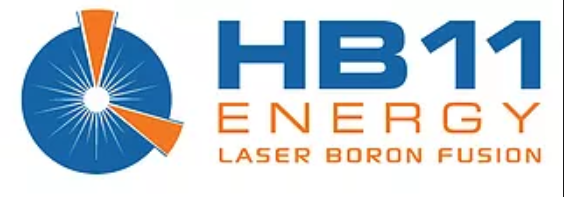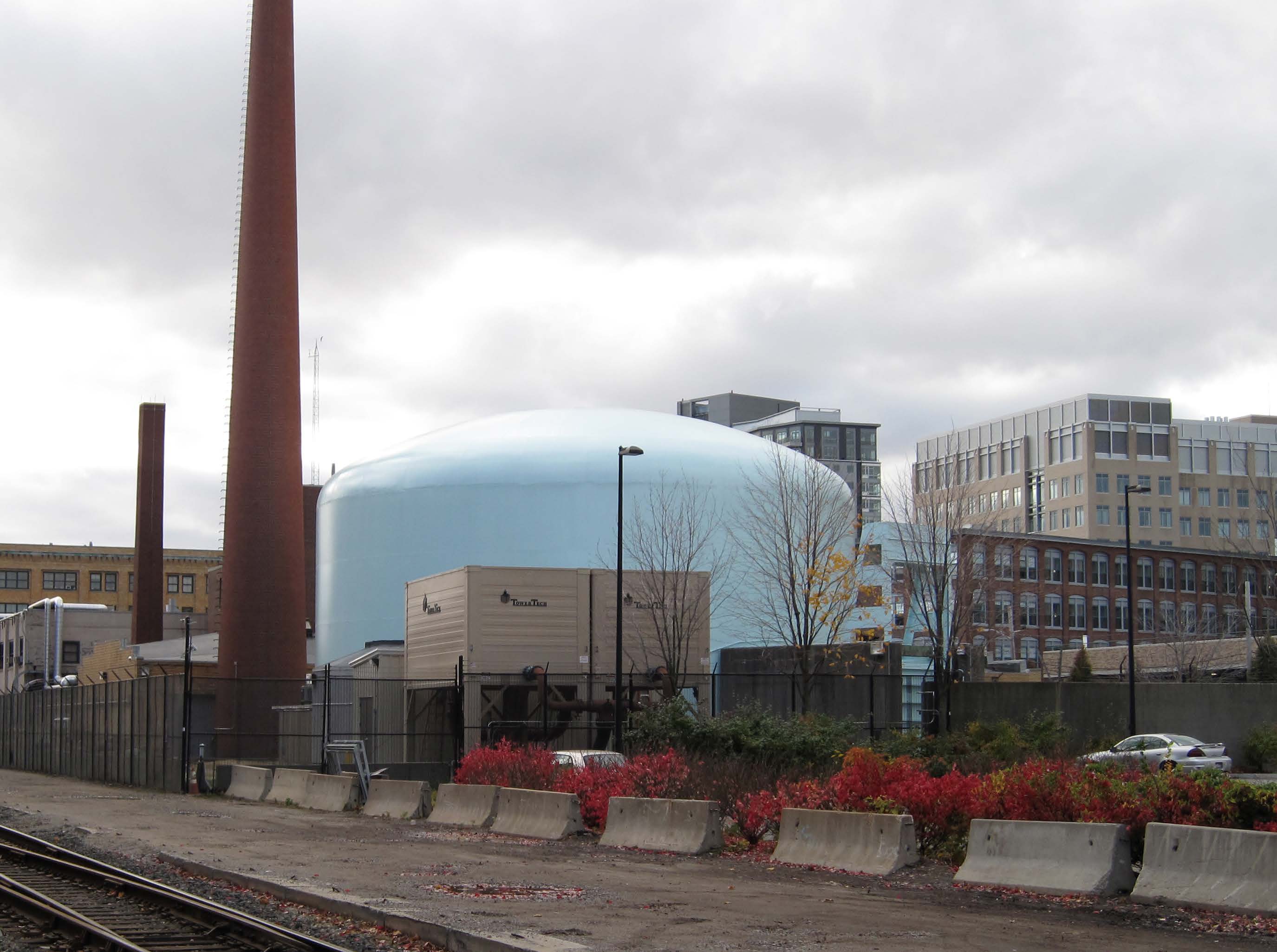
Blog
-
Geiger Readings for Dec 30, 2017
Ambient office = 146 nanosieverts per hourAmbient outside = 126 nanosieverts per hourSoil exposed to rain water = 143 nanosieverts per hourAvocado from Central Market = 95 nanosieverts per hourTap water = 113 nanosieverts per hourFilter water = 105 nanosieverts per hourBlack Cod – Caught in USA = 104 nanosieverts per hour -
Nuclear Reactors 539 – China and Russia Are Making Progress On Close Nuclear Fuel Cycle
Enriched uranium is the primary fuel for nuclear reactors. Minerals containing uranium are common and there are many deposits of ore that can provide all the fule that the world needs. On the other hand, just like any commodity, problems with supply can arise. Some countries are researching the use of special “fast neutron” reactors to generate fissile materials that can be used for fuel in reactors. These reactors actually produce more fuel than they consume. Both China and Russia are actively engaged in the creation of “synthetic nuclear fuels” that are produced by fast neutron reactors. Such fuel would permit a closed cycle nuclear fuel process where spent fuel could be burned to produce more fuel.
China National Nuclear Corporation (CNNChas just announced that they are beginning the construction of what they call the “landmark project for the development of China’s nuclear industry”. They have signed construction contracts for the Xiapu fast reactor pilot project with China Nuclear Industry 23 Construction Co Ltd. The Chairman of the CNNC said at a ceremony that the start of the construction was of great significance for the realization of the closed nuclear fuel cycle which would lead to the sustainable development of nuclear energy in China.
Fast neutron reactors have been targeted as the main reactor technology for China in the future. They expect FNRs to be the dominant domestic power reactors by 2050. China has been researching FNRs for fifty years. The Chinese Experimental Fast Reactor (CEFR) is a sixty five megawatt fast neutron reactor that first achieved criticality in 2010 and was connected to the Chinese power grid a year later.
Based on the development of the CEFR, a six hundred megawatt design called the CFR-600 was produced by the Chinese Institute of Atomic Energy. The Xiapu reactor will be a demonstration model of the CFR-600 design. The reactor will consume mixed oxide fuel (MOX) which is a mixture of enriched uranium and plutonium.
A commercial scale reactor called the CFR-1000 which will generate one gigawatt of electricity is in the planning stages. A decision will be made about whether or not to proceed with construction in 2020. If the project goes forward as planned, it should be completed by 2028.
In August of last year, the Russian government issued licenses for the construction of a Brest-OD-300 reactor, a nuclear fuel fabrication facility and a used fuel reprocessing facility. Russia is planning to start construction of the nuclear fuel fabrication facility for its fast neutron Brest-OD-300 reactor next year in Tomsk, Siberia. The Brest-OD-300 is part of the Rosatom Breakthrough project to develop a close nuclear fuel cycle to eliminate radioactive waste. The Breakthrough project includes a fuel production/refabrication facility to produce dense uranium plutonium fuel for fast reactors, a nuclear power plant with a Brest reactor and a used fuel retreatment facility. A nuclear power plant with a Brest reactor will be part of a pilot energy complex.
While the creation of a closed nuclear fuel cycle can help solve fuel supply problems as well as reducing nuclear waste, the plutonium recovered from spent nuclear fuel could be used for nuclear weapons as well as the production of more fuel. This is of great concern to those working on nuclear non-proliferation.
Brest-OD-300 diagram:
-
Geiger Readings for Dec 29, 2017
Ambient office = 89 nanosieverts per hourAmbient outside = 63 nanosieverts per hourSoil exposed to rain water = 60 nanosieverts per hourBeefsteak tomato from Central Market = 108 nanosieverts per hourTap water = 135 nanosieverts per hourFilter water = 122 nanosieverts per hour -
Nuclear Fusion 41 – Research At University Of New South Wales Being Commercialized By HB11 Energy
I write mainly about nuclear fission reactors in this blog because they exist and generate about eleven percent of the electricity in the world. Commercial nuclear fusion power reactors do not exist yet. Billions of dollars have been spent over the past sixty years in fusion research, but scientists have not yet been able to kindle a sustained fusion reaction that returns more energy than needed to start the reactor. Currently there are at least half a dozen startups in the U.S. alone working on novel approaches to nuclear fusion as well as major government sponsored projects.
Now two recent breakthroughs in fusion research may be the key to commercial fusion power according to a startup named HB11 Energy. Their approach utilizes a reaction between hydrogen and the boron 11 isotope. The fuel for the reaction is an uncompressed solid-state fuel pellet of boron inside a high trapping magnetic field of ionized hydrogen. Fusion of hydrogen and the boron 11 isotope requires about a hundred thousand times the energy input of fusing deuterium and hydrogen which are used as fuels in many current fusion experiments. If extreme non-equilibrium plasma conditions are utilized in conjunction with picosecond laser pulses of greater than ten petawatts of power, the difficulty of fusing hydrogen and boron drops to the general level of difficult of conventional deuterium-hydrogen fusion.
In the hydrogen-boron approach, the transfer of energy into the plasma from the laser does not heat the plasma as much as it accelerates the plasma. When the laser hits the fuel pellet, it is vaporized, and a shockwave is generated which drives the plasma into a high concentration permitting the cascading chain reaction which produces the high energy output.
A one kilojoule laser amplifies a magnetic field up to ten thousand Teslas. A second laser triggers a nuclear fusion chain reaction. Experiments have been carried out that show a fusion reaction increase of a billion times current fusion energy production.
Computer models indicate that a fusion reaction produced by a laser pulse of less than one picosecond in duration at a power of one petawatt could create a sustained fusion reaction. The reaction of twelve milligrams of boron fuel should produce about two hundred and seventy-seven kilowatts or more of fusion energy. This represents about five hundred times the amount of power used to trigger the reaction. A reactor based on the process tested in the laboratory should be able to use one beam ignition at a rate of about one shot per second to reliably produce electricity.
It should be possible to utilize the experimentally tested hydrogen-boron fusion process to construct a simple spherical compact fusion reactor for commercial production of electricity. Calculations suggest that such a proposed reactor based on these principles could possibly produce electricity at a quarter of the cost of electricity generated by coal power plants. The process produces no carbon emission or radioactive wastes.
Currently, there are no lasers which can produce the power and duration needed for a commercial fusion power reactor based on the new process being studied. However, it is estimated that such lasers should be available commercially within a few years. If these scientists are right, a clean cheap source of inexhaustible energy may be only a few years away.
-
Geiger Readings for Dec 28, 2017
Ambient office = 111 nanosieverts per hourAmbient outside = 109 nanosieverts per hourSoil exposed to rain water = 108 nanosieverts per hourIcegberg lettuce from Central Market = 104 nanosieverts per hourTap water = 100 nanosieverts per hourFilter water = 81 nanosieverts per hour -
Nuclear Reactors 538 – National Nuclear Security Administration and Massachusetts Institute Of Technology Report On New Nuclear Fuel
Naturally occurring uranium ore contains ninety-nine and a quarter percent uranium-238 which is mildly radioactive. It also contains about three quarters of a percent of uranium-235 which is intensely radioactive and fissile with thermal neutrons.
Low enriched uranium (LEU) is uranium ore that has been processed to increase the proportion of U-235 up to about twenty percent. The most common commercial power reactors in the world burn uranium enriched to three to five percent. Some research reactors burn uranium enriched from twelve percent to nineteen and three quarters percent.
High enriched uranium (HEU) is uranium ore that has been processed to increase the proportion of U-235 to over twenty percent. Nuclear weapons usually contain uranium enriched to eighty five percent or more of U-235. Some HEU is burned in research reactors and in what are called fast neutron reactors which burn uranium enriched to twenty percent or more. Naval reactors use uranium enriched to about fifty percent.
It is estimated that there is about two thousand tons of HEU in the world. The International Atomic Energy Agency works to monitor and control supplies of and processes involving HEU. They are dedicated to the safe generation of nuclear energy and to preventing the spread of nuclear weapons. There is currently an international effort to convert as many research reactors as possible to LEU to help prevent proliferation of nuclear weapons.
There are seventy-six research reactors in the world today that burn HEU and converting even a few of them to the new fuel would be of benefit. Over fifteen years of research have gone into developing a new type of fuel based on an alloy of molybdenum and LEU. One of the big problems being worked on during this time was making sure that the new fuel would not seriously affect the efficiency of the research reactors.
The U.S. has announced that six research reactors will soon be converted to the new fuel. These include the Advanced Test Reactor and the Advanced Test Reactor Critical Assembly, both at the Idaho National Laboratory; the High Flux Isotope Reactor at the Oak Ridge National Laboratory, Tennessee; the Massachusetts Institute of Technology Reactor (MITR) in Cambridge, Massachusetts; the National Bureau of Standards Reactor in Gaithersburg, Maryland; and the University of Missouri Research Reactor in Columbia, Missouri.
The U.S. National Nuclear Security Administration (NNSA) has submitted a report on the new fuel to the U.S. Nuclear Regulatory Commission. The NNSA worked in conjunction with the Massachusetts Institute of Technology (MIT). The MITR was shown to be able to operate safely with the new fuel. MIT will continue to test the new fuel in the MITR for the next few years and then submit a final safety analysis report. When the NRC issues approval of the new fuel, MIT will be able to convert the MITR to full time use of the new fuel.
Jeff Chamberlin, the Director of the NNSA’s Office of Conversion said, “MIT’s outstanding commitment towards this challenging, yet very important, LEU conversion project is exemplified by the completion of this important milestone.”
MITR:
-
Geiger Readings for Dec 27, 2017
Ambient office = 133 nanosieverts per hourAmbient outside = 96 nanosieverts per hourSoil exposed to rain water = 94 nanosieverts per hourYam from Central Market = 27 nanosieverts per hourTap water = 65 nanosieverts per hourFilter water = 61 nanosieverts per hour






